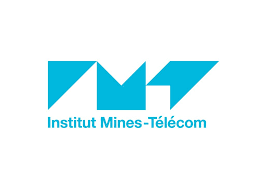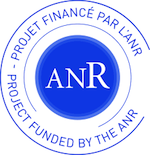As mentioned in the recent scientific and technical literature, machine to machine (M2M) and Internet of Things (IoT) communications will take a leading place in the future market of telecommunications pushing forward the development of billions of communicating objects. This perspective has been also strengthened by the 3GPP strategy which considers IoT as one of the most disruptive application for the future 5G standard. This perspective raises fundamental questions relative to the theoretical limits and performance of this kind of very large scale deployments. The performance of large scale networks has been widely studied during the past 10 years with usual theoretical tools such as Shannon theory or stochastic geometry. These tools provided interesting insight about scaling laws and theoretical limits but with a limited applicability in the context of M2M, IoT and future 5G services due to the inherent spurious and bursty nature of the associated information flows. Indeed, the traditional energy-capacity trade-off optimization shifts to a new paradigm with a lack of theoretical tools. While the small packet size invalidates the use of the asymptotic Shannon capacity as a performance indicator, the consequent bursty nature also invalidates the Gaussian assumption usually used to model the interference distribution. As a consequence fundamental limits are neither well known nor even well formulated. What is the maximal number of IoT nodes we may deploy in a given environment? At which energetic cost? With which transmission reliability or latency? These multiple questions highlight that the problem is not unique and the capacity is not the only (and even not the main) challenge to be addressed.
In this project, we propose an original approach complementary to other existing projects. Instead of proposing one specific technical solution, our objective is to define a unified theoretical framework devoted to the study of IoT networks fundamental limits. We aim at establishing the fundamental limits for a decentralized system in a bursty regime which includes short packets of information and impulsive interference regime. We are targeting the fundamental limits, their mathematical expression (according to the usual information theory framework capturing the capacity region by establishing a converse and achievability theorems). We will use the recent results relative to finite block-length information theory and we will evaluate the margin for improvement between existing approaches and these limits and we will identify the scientific breakthrough that may bring significant improvements for IoT/M2M communications.
This project will contribute to draw the roadmap for the development of IoT/M2M networks and will constitute a unified framework to compare existing techniques, and to identify the breakthrough concepts that may afford the industry the leverage to deploy IoT/M2M technical solutions.




